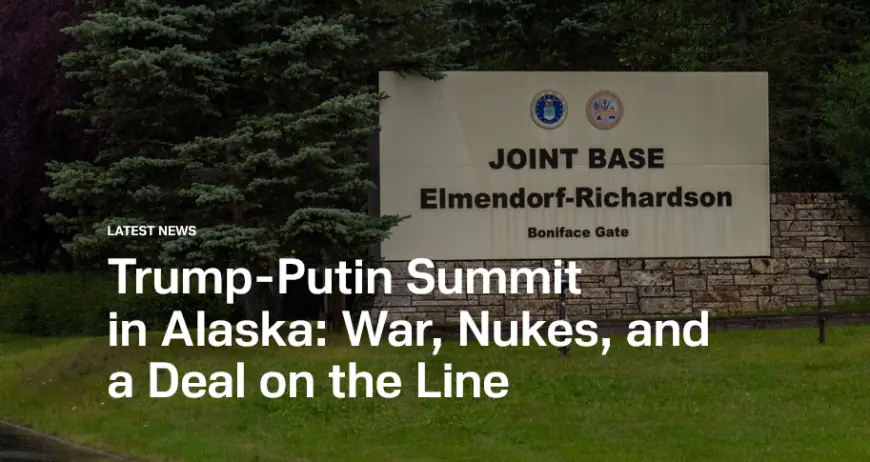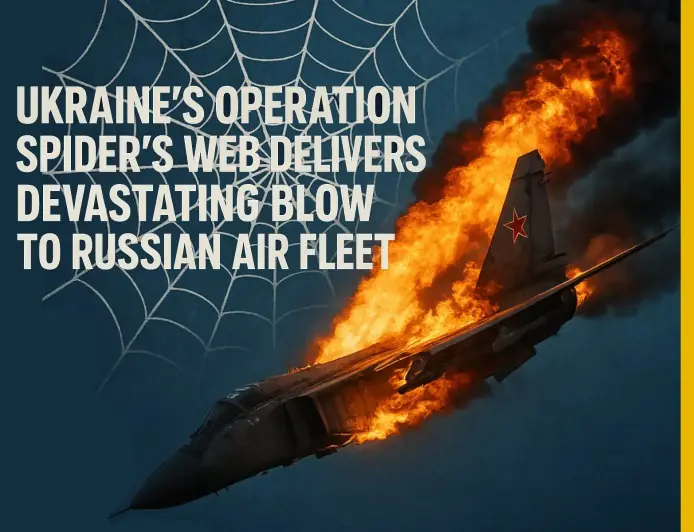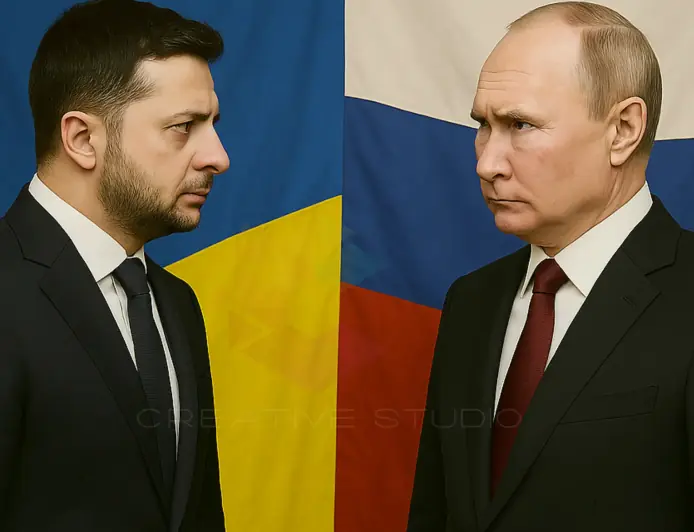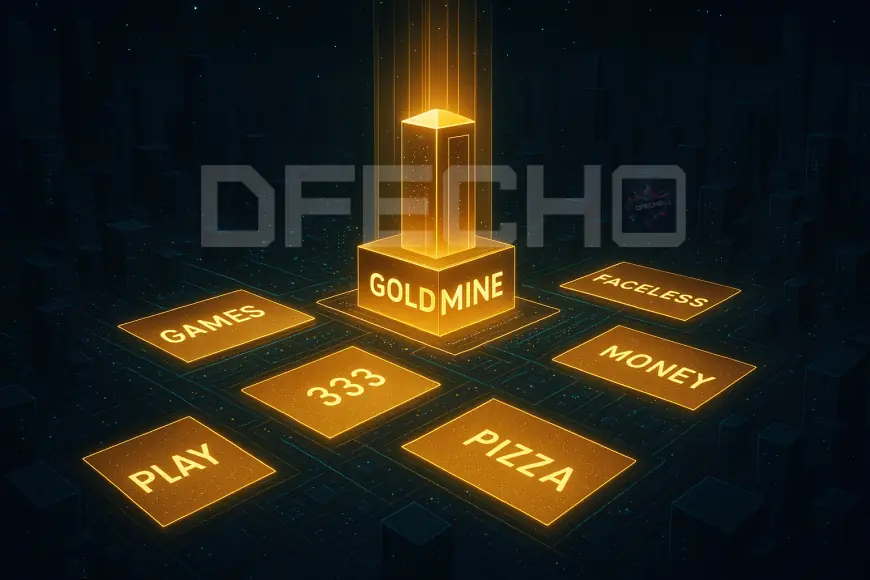Trump–Putin high-stakes summit in Alaska
In a high-stakes summit for peace, Donald Trump and Vladimir Putin will meet today Friday, August 15, at Joint Base Elmendorf–Richardson, Anchorage, Alaska.

In the high-stakes summit for peace, Donald Trump and Vladimir Putin will meet today, Friday, August 15, at a Cold War–era air force base in Anchorage, with Ukraine’s fate, fresh nuclear talks, and both leaders’ legacies hanging in the balance.
Meeting overview
The White House says President Donald Trump will depart Washington early Friday and arrive in Alaska just hours before the talks, which begin at 11:30 a.m. Alaska time (8:30 p.m. London). The meeting is set at Joint Base Elmendorf–Richardson in Anchorage and marks the presidents’ first face‑to‑face since Trump’s return to the White House, according to reporting cited on August 14. Trump is scheduled to depart Anchorage at 5:45 p.m. local time and return to Washington early Saturday.
Stakes for Ukraine
For Ukrainians, this summit is not a distant spectacle—it’s about lives, land, and the shape of their future. Every hour at the table in Anchorage reverberates across front lines, cities under bombardment, and communities rebuilding amid blackouts and displacement. From Kyiv’s vantage point, the core questions are stark: will any deal actually stop Russian attacks, restore security, and uphold international law—or freeze the war in place and reward aggression?
- Territorial integrity: Ukraine seeks the restoration of its internationally recognized borders and rejects any “land for peace” framework that legitimizes occupation.
- Civilian safety: Air and missile strikes on cities, energy systems, and ports make durable air defense and strike deterrence central to any sustainable outcome.
- Economic survival: Safe Black Sea trade, grain exports, and energy grid stability are essential to funding government services and maintaining public morale.
- Justice and return: The return of prisoners of war and deported civilians, including children, alongside credible accountability for war crimes, remains a societal priority.
What might be on the table
An unexpected nuclear-related proposal from Moscow adds a volatile layer. Kyiv’s concern is that strategic arms optics could overshadow the urgent need to stop attacks on Ukrainian territory. Any discussion that intertwines nuclear gestures with concessions on Ukraine risks tying European security to Ukraine’s sovereignty in ways that leave Kyiv exposed.
- Ceasefire or freeze: A pause without enforceable withdrawal mechanisms or verification can allow force regeneration and renewed offensives later.
- Security guarantees: Ukraine will look for concrete, time‑bound guarantees—integrated air defense, long‑range strike deterrence, and sustained funding—rather than vague assurances.
- Sanctions dynamics: Any linkage between sanctions relief and partial territorial concessions would be seen in Kyiv as validating coercion.
- Grain and energy corridors: Protecting port infrastructure and shipping lanes is a critical test of whether talks deliver immediate civilian benefits.
Kyiv’s red lines and priorities
- No imposed settlement: Ukraine insists decisions about its territory and security cannot be made without its participation.
- 1991 borders as the endpoint: Even if sequencing is phased, the destination must be full territorial restoration.
- Accountability and returns:
- POWs and detainees: Comprehensive exchanges with international monitoring.
- Deported civilians: Verified returns, especially of children, via neutral mechanisms.
- War crimes: Clear pathways for investigations and prosecutions consistent with international law. - Security architecture:
- Air and missile defense: Scaled, interoperable systems to protect cities and infrastructure.
- Deterrence: Assurances that materially raise the cost of renewed aggression, with triggers if attacks resume. - Economic resilience:
- Infrastructure repair: Energy grid, rail, ports, and housing reconstruction funding.
- Trade access: Stable Black Sea export routes to sustain revenue and global food security.
What to watch and possible outcomes
- Participation and process:
|
- Substance over symbolism:
- Ceasefire terms: Do they freeze lines or create pathways for withdrawal? Are civilian protections explicit?
- Nuclear proposal specifics: De‑escalatory and verifiable, or a bargaining chip to dilute pressure on Russia in Ukraine?
- - Signals to allies and markets:
- - NATO and EU alignment: Clarity from Washington will shape European support, defense planning, and Ukraine’s accession pathways.
- Humanitarian corridors: Early moves on POW exchanges or safe grain corridors would be tangible tests of intent.
Scenario spectrum
- Symbolic de‑escalation: A vague statement of principles, minimal practical relief for Ukraine, and continued uncertainty on the ground.
- Transactional pause: Time‑limited ceasefire with monitoring, partial humanitarian steps, and open-ended bargaining on territory—high risk of relapse.
- Structured roadmap: Phased withdrawal benchmarks, security guarantees for Ukraine, humanitarian deliverables, and a defined justice track—a difficult but durable path.
For Ukraine, success is simple to define and hard to achieve: real safety for civilians, liberation of occupied land, economic breathing room, and a justice process that honors the cost already paid. Anything less may pause the war—but not the fear that it will return.
Reward this post with your reaction or TipDrop:
 Like
0
Like
0
 Dislike
0
Dislike
0
 Love
0
Love
0
 Funny
0
Funny
0
 Angry
0
Angry
0
 Sad
0
Sad
0
 TipDrop
0
TipDrop
0





















